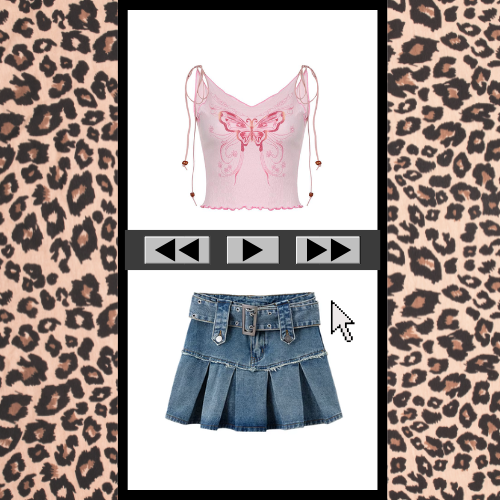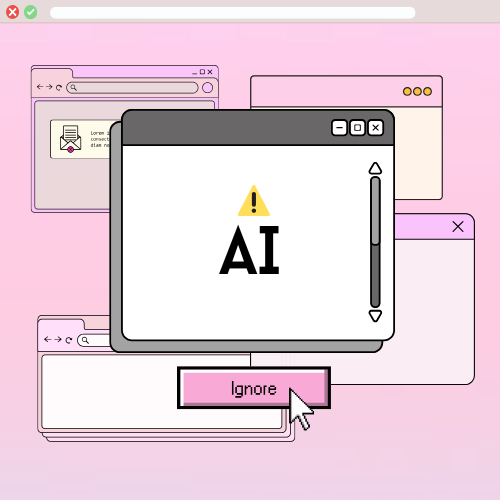No matter who you are or how you live, there is no doubt you’ve heard of artificial intelligence. Otherwise known as AI, this technological phenomenon is sweeping the nation, helping students with homework assignments, adults with their jobs and everyone else with turning their brains off.
Within the fashion industry, creativity reigns supreme. In the largest fashion capitals of the world—Milan, Paris, New York City—spectators wait with bated breath to see what their favorite designers have cooked up for the new season, lining up by the hundreds to celebrate what is most important to them: creation.

With the influx of AI, the art of creation—of innovating and wondering and thinking—is disappearing. People now spend more time thinking about what to plug into ChatGPT than simply completing their goal on their own. Everything from concert posters to the newest picture of your favorite celebrity could be made by AI, leading to a complete elimination of the need for creatives.
It seems nearly impossible that this could impact something as timeless and legendary as the fashion industry, but as we start to see people using AI to create things as menial as their grocery lists, it’s clearer than ever that anything is possible.

Soon enough, we’ll see our friends and family plugging in their current closet to the most readily available AI service, asking what their next “going out” outfit should be. And believe us—it won’t be as cute as Cher makes it seem in “Clueless” (1995).
And isn’t that sad? Fashion is about individuality and imagination, sure, but it’s also about having fun. Being creative and coming up with your next style should be something to look forward to; something to pour energy and heart into.
This isn’t the only issue with AI. Within the last few years, sustainable fashion has become the next big thing, with almost every major player in the industry working to reduce their carbon footprint in some way. Whether it’s using sustainable dyes and fabrics or creating “take-back programs” to reduce waste, we have definitely entered an age of environmental awareness.
Patagonia was one of the first large companies to utilize this type of program, according to an article from EcoEnclose, but Crocs, Girlfriend Collective and countless others have joined the fight, playing into the “circularity” of trash, not trends.
You’d think that the newest leaders in technology would be following suit, right? Wrong.
According to Harvard Business Review, generative AI uses electricity and emits carbon amounts “equivalent to the annual carbon emissions of hundreds of households in America,” and that the energy demand could “exceed the annual electricity consumption of a small country like Belgium by 2026.”

Anyone who promotes sustainable fashion cannot also, in good faith, use AI. Aside from the hit that artists and designers are going to take through this phase, the natural world will struggle, too.
There’s more at stake than you might think when you ask a computer to check your outfit for you. Do yourself (and everyone else) a favor—leave the artificiality at the closet door.


